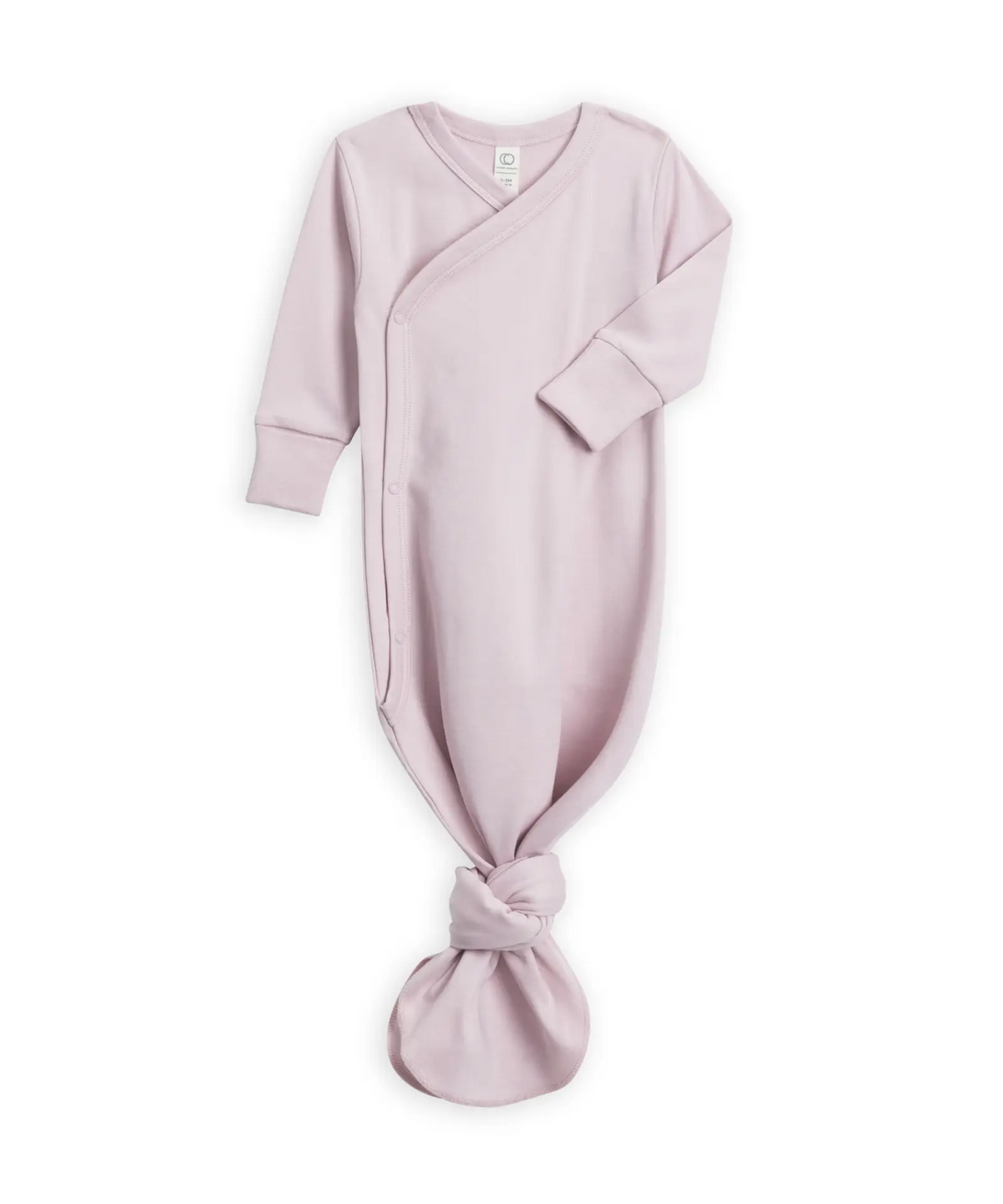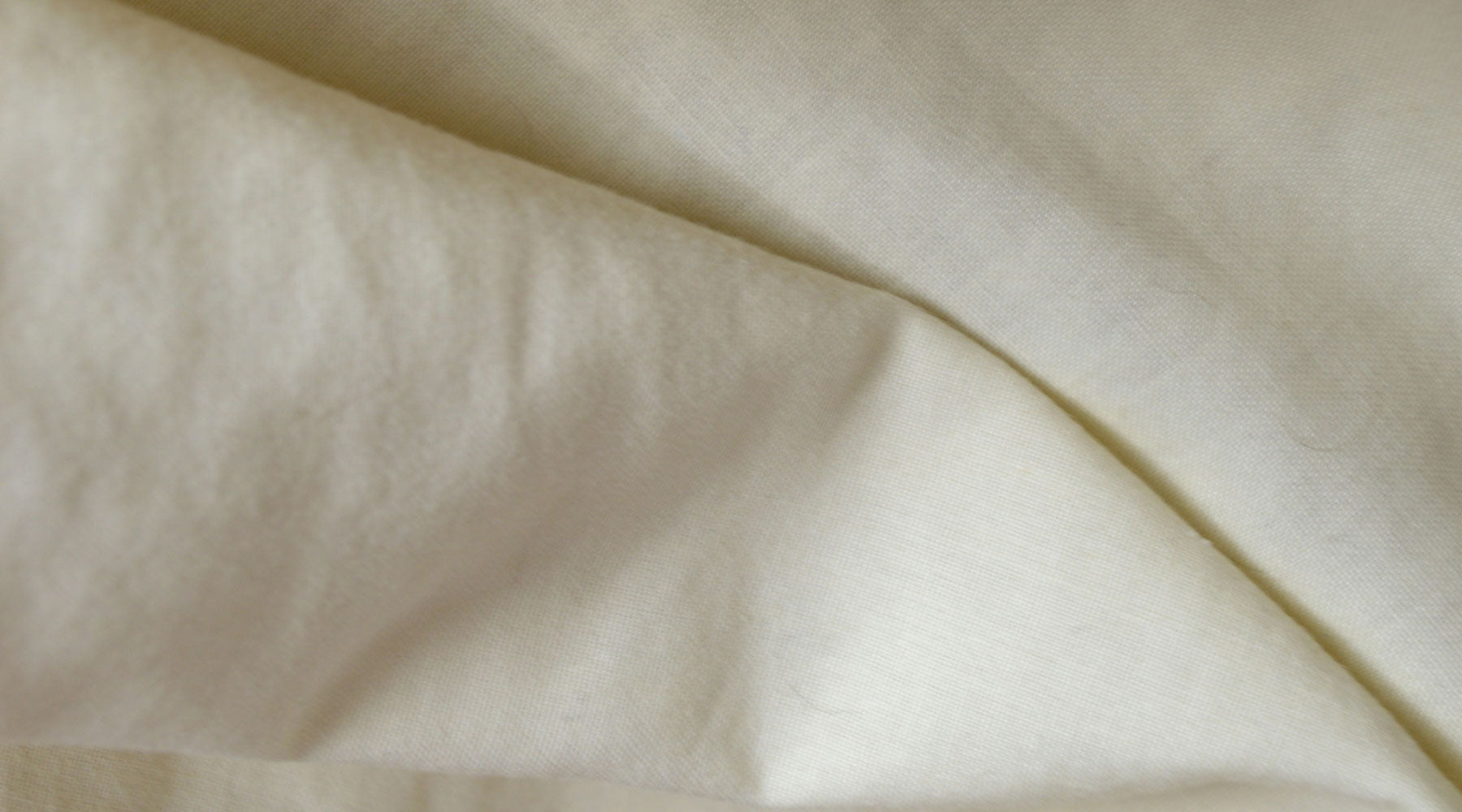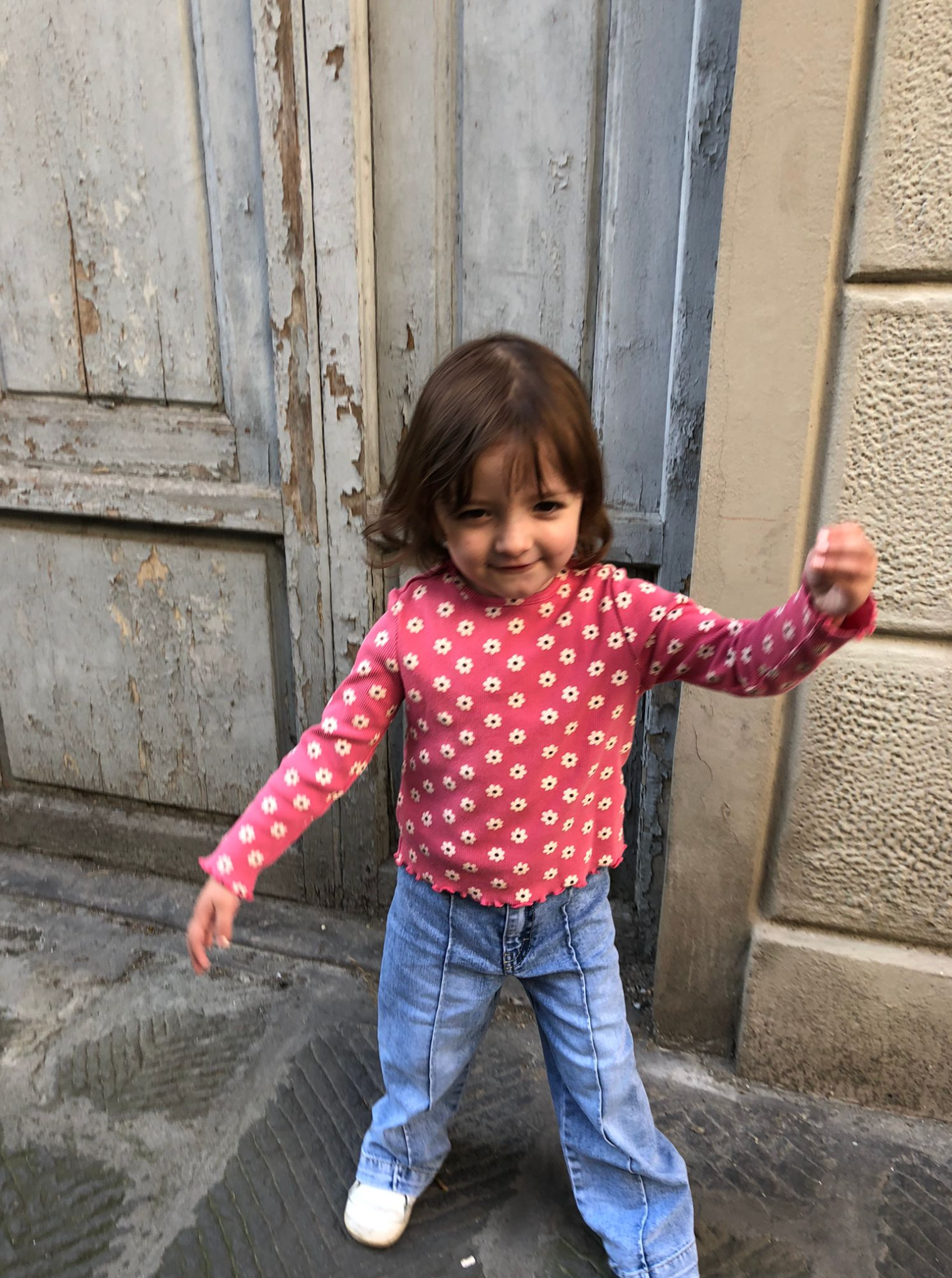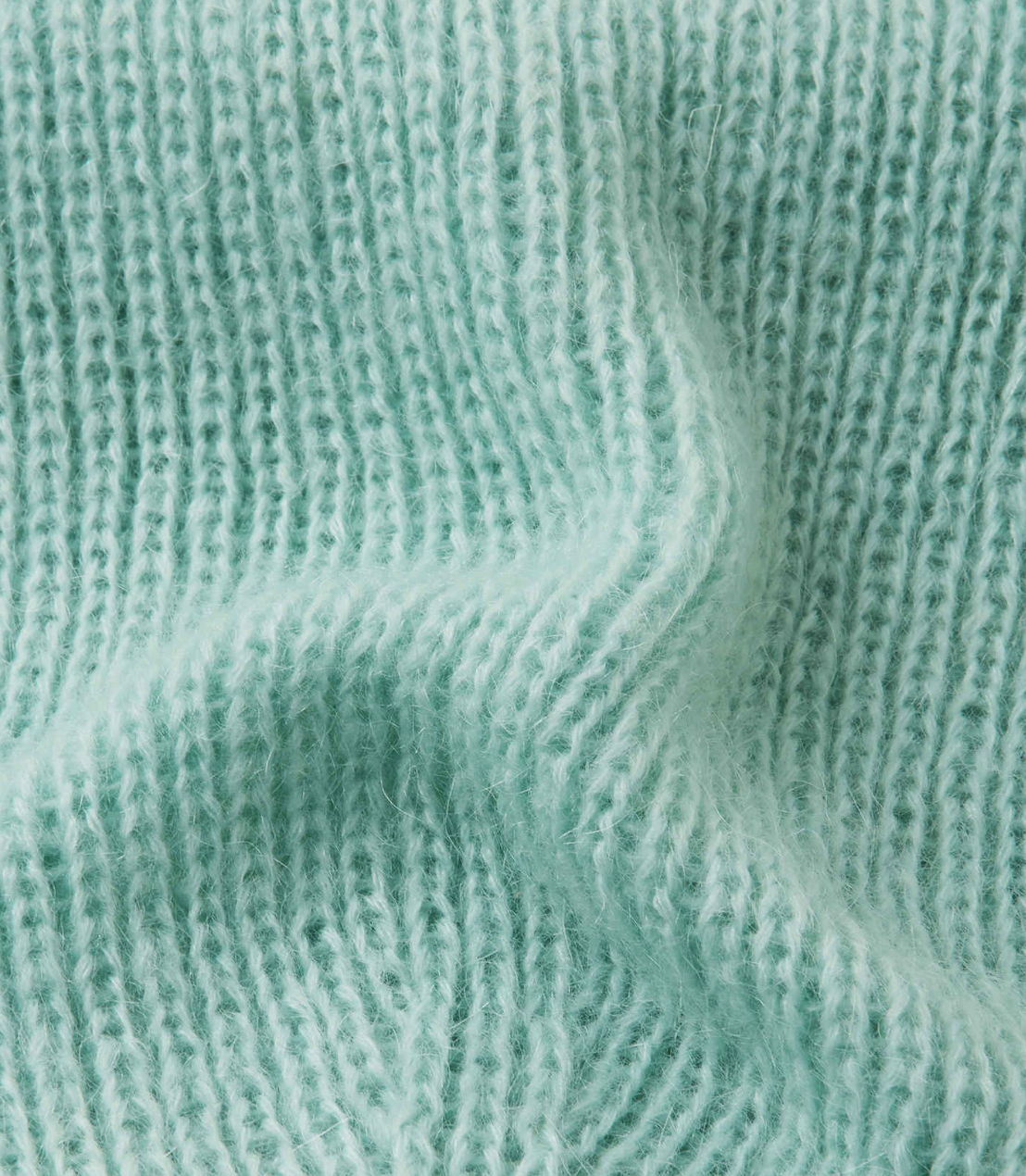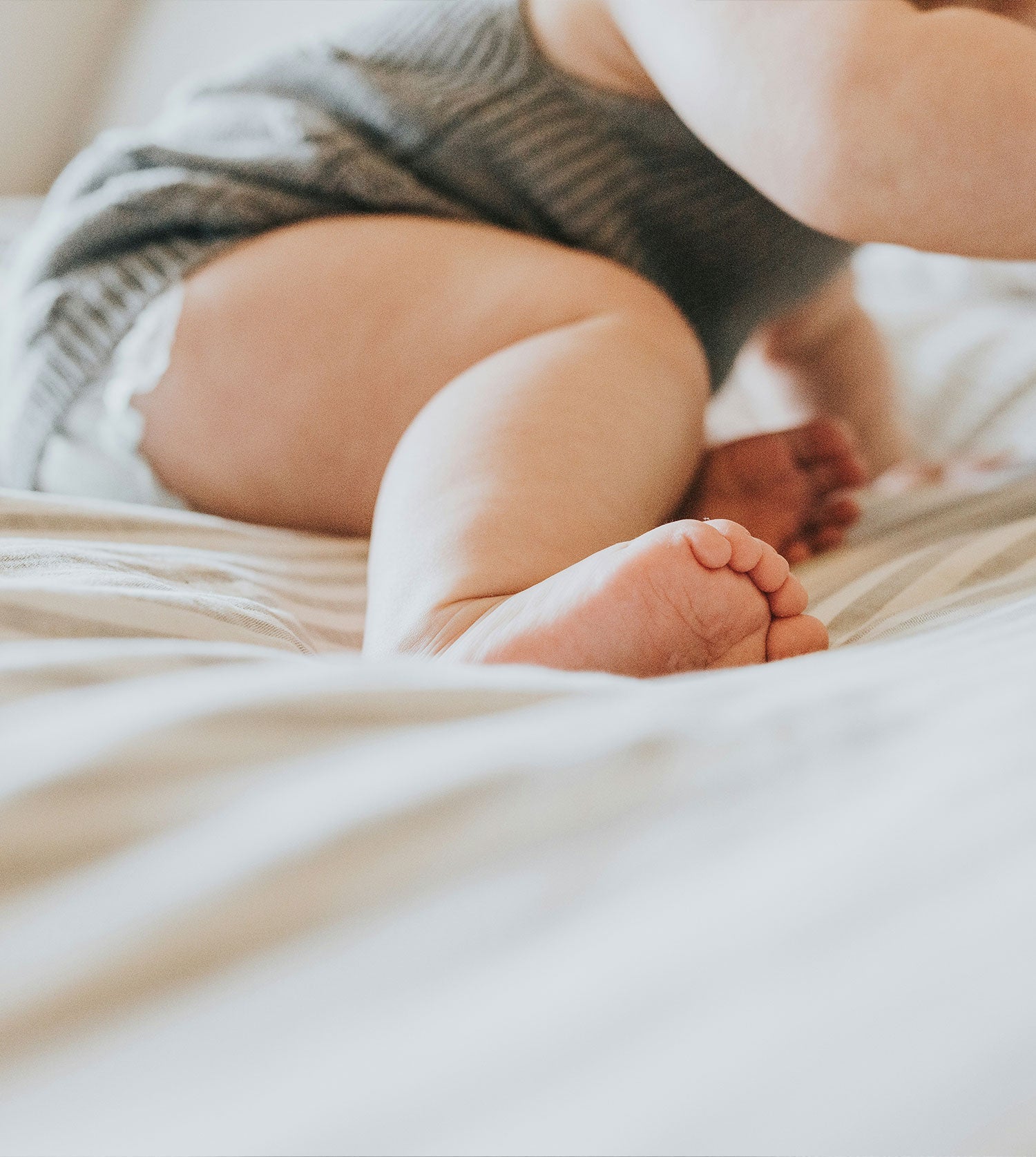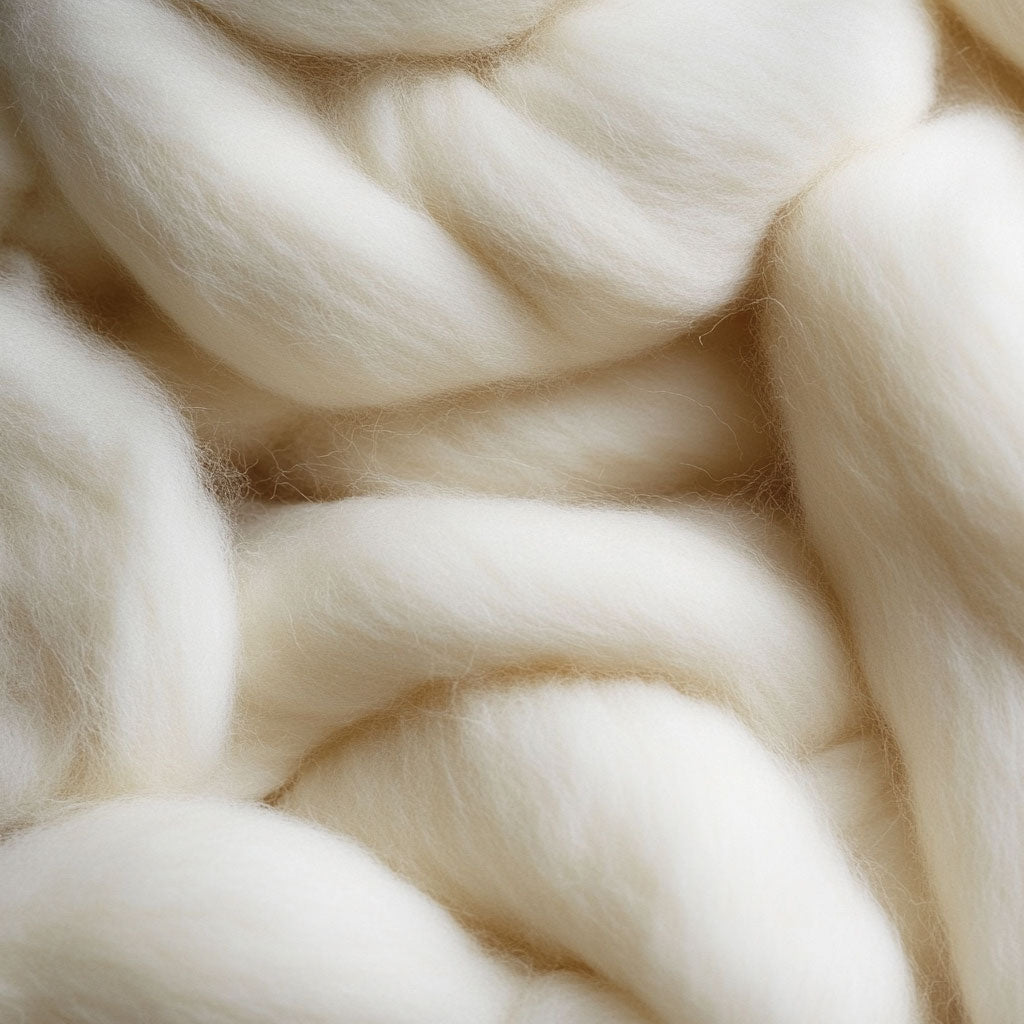In recent years, more parents are becoming aware of the importance of making sustainable choices, especially when it comes to their children's clothing. While comfort and style are still top priorities, the impact of fabric choices on both health and the environment cannot be ignored. The growing emphasis on organic materials and eco-conscious production highlights a shift towards more sustainable fashion.
Organic cotton has gained significant attention for its eco-friendly production methods, ethical standards, and benefits for both children and the environment. But why does it matter, and what should you consider when shopping for your child's clothes? Let’s explore why organic cotton is the ideal choice for conscious parents.
What is Organic Cotton?
Organic cotton is grown without the use of harmful synthetic chemicals, such as pesticides and fertilizers. Organic farming methods focus on preserving soil health, reducing water usage, and supporting biodiversity. This ensures that no genetically modified organisms (GMOs) are involved in the process, making organic cotton a much safer, eco-friendly option compared to conventional cotton.
Unlike conventional cotton, organic cotton reduces the number of pollutants in our soil, water, and air. This makes it an important step toward more sustainable fashion that benefits the planet.
Why is Organic Cotton Better for Your Child?
Gentle on Sensitive Skin
Organic cotton is free from harsh chemicals and synthetic dyes that are often found in conventional fabrics. Since babies and young children have delicate skin, regular clothing can cause irritation or allergic reactions. Organic cotton provides a hypoallergenic and safe option that keeps your child comfortable throughout the day.Kinder to the Planet
The fashion industry is responsible for around 10% of global carbon emissions, and cotton farming plays a large part in this. Organic cotton farming uses significantly less water and energy, and avoids harmful pesticides, preserving soil health. By choosing organic cotton, you contribute to reducing the environmental footprint of your child’s clothing.
Durability That Lasts
Although children grow quickly, their clothing doesn’t need to be disposable. Organic cotton garments are stronger because they are free from chemicals that weaken the fibers. As a result, the clothing holds up better through repeated washing, making it durable enough to pass on to siblings or friends, which also helps reduce textile waste.
What Should You Look For in Children’s Clothing?
When shopping for sustainable and high-quality children's clothing, it’s important to look for certain labels and certifications that indicate eco-friendliness and safety:
GOTS Certification
The Global Organic Textile Standard (GOTS) is an internationally recognized certification that ensures that textiles are produced sustainably, from the harvesting of raw materials to responsible manufacturing. A GOTS-certified product guarantees that it’s free from harmful chemicals, making it safe for sensitive skin.
OEKO-TEX® Standard 100
The OEKO-TEX® certification ensures that all components of the garment are free from harmful substances. This label gives parents peace of mind knowing that the fabrics are rigorously tested for safety.
Fair Trade Certified
Fair Trade certification ensures that workers involved in the clothing production process are treated ethically, with fair wages and safe working conditions. By purchasing Fair Trade clothing, you’re supporting both the environment and ethical labor practices.
Better Cotton Initiative (BCI)
Although not strictly organic, BCI works to improve cotton farming globally, promoting better working conditions and reducing environmental impact. Choosing BCI cotton contributes to a more responsible fashion industry.
Why We Choose Organic Cotton at Modomi Kids
At Modomi Kids, sustainability is at the core of everything we do. Our mission is to offer eco-friendly, comfortable, and stylish clothing for babies and children. We carefully select organic cotton and other eco-certified materials to ensure that your child not only looks adorable but is also dressed in garments that align with our commitment to protecting the planet.
We also acknowledge that not every item can be 100% organic. Some materials may contain elastane for stretch or recycled plastics for durability. Our focus is on making thoughtful choices by incorporating upcycled or recycled materials wherever possible to minimize our impact on the planet.
Make the Shift to Sustainable Fashion Today
Sustainable fashion for kids is more than just a passing trend—it’s a movement for a better future. By choosing organic and eco-friendly clothing, you’re not only protecting your child’s health but also supporting ethical production and reducing the environmental impact of the fashion industry.
At Modomi Kids, we continuously strive to offer pieces that are organic, upcycled, or made from recycled materials. These thoughtful choices protect the planet while prioritizing the health and safety of our children and ourselves.
Subscribe to our newsletter to stay updated on new arrivals, exclusive offers, and tips on how to live a more sustainable lifestyle with your family.